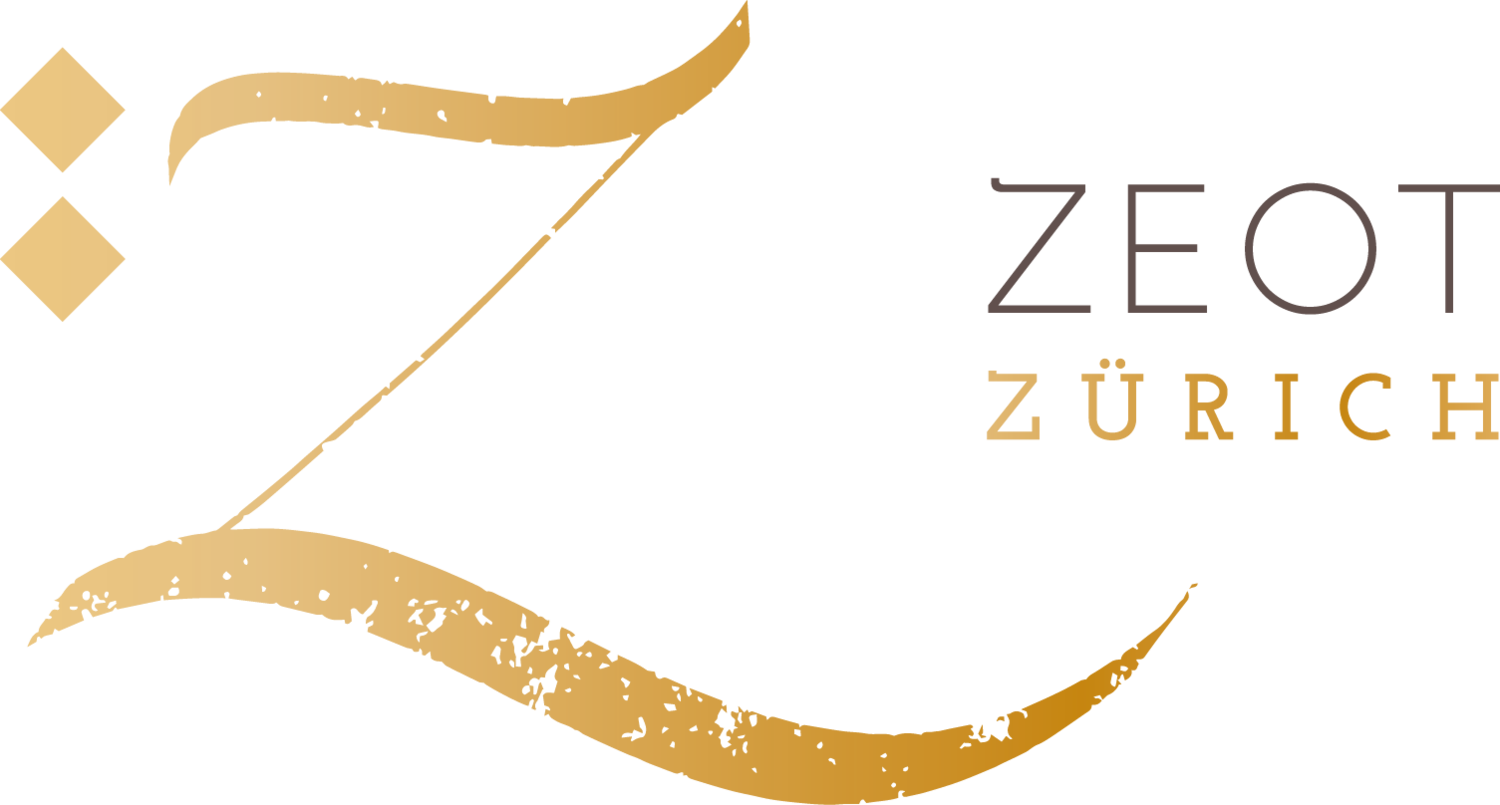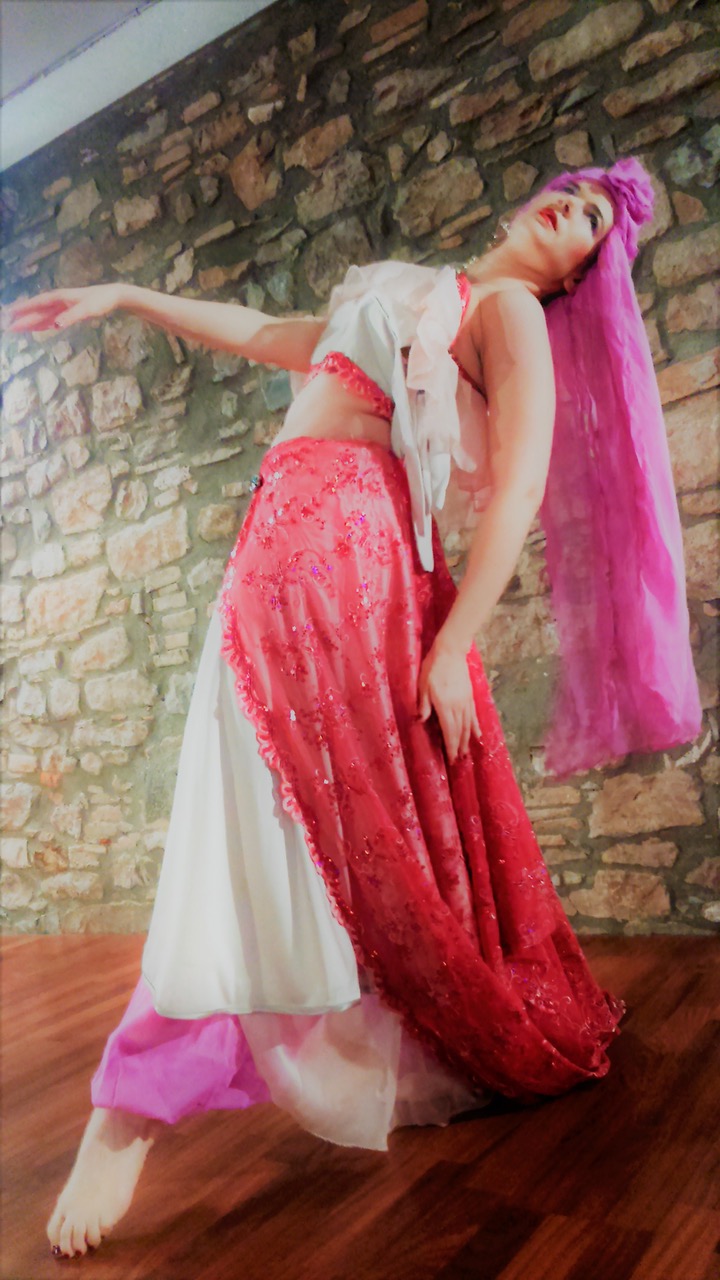Coinciding with the theme of Kp6 at ZeoT Zürich - folkloric dance, we asked dancer Ingrid Selkis to tell us more about the journey of Egyptian folk dance onto the stage, a process that owes itself largely to the pioneering work of Mahmoud Reda.
As part of celebrating 10 years at ZeoT, I’m sharing a little behind-the-scenes look at who I am and who I was before ZeoT. My mission to bring art into belly dance and help women discover confidence through movement is the result of many different experiences. If I were a cake, I’d be a multi-tiered wedding cake, layered with sponge, cream, and icing, and stacked with stories. The ten years I’ve been running my business is only one slice of the cake—just one layer in the many tiers of my life. Some steps have been solid, others surprising, but each has led me to where I am today. So, here’s a little slice for you.

2025 marks a major milestone for me and our dance studio: 10 years of movement, joy, and connection! When I took over the studio a decade ago, it was already a thriving space for dancers. My vision was to honour its success while bringing a fresh perspective—infusing more art, strengthening the sense of community, and expanding our offerings. The journey has been transformative in ways I could never have imagined.
Throughout this year, I want to take you behind the scenes of our 10-year story. We’ll reflect on where it all began, celebrate the incredible community we’ve built, and share some fun surprises along the way.

Why do so many doctors, osteopaths, gynaecologists, and physiotherapists recommend belly dancing, even without having attended a single class? Perhaps it’s because they intuitively understand that belly dancing strengthens the body’s inner musculature. Rachida Aharrat dives into the anatomy of bellydance to unveil the benefits for your body.

Der Kosmos tanzt: Planeten kreisen und Sterne entstehen. Am weiten Nachthimmel suchen die Menschen Sternbilder und träumen von fernen Welten.



